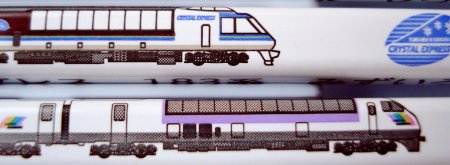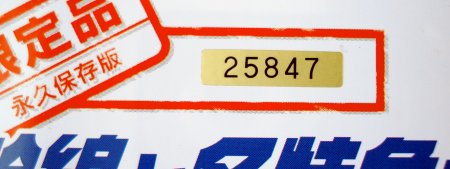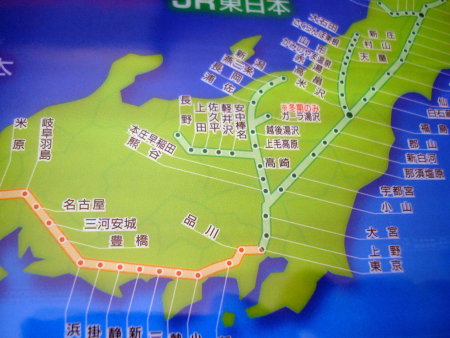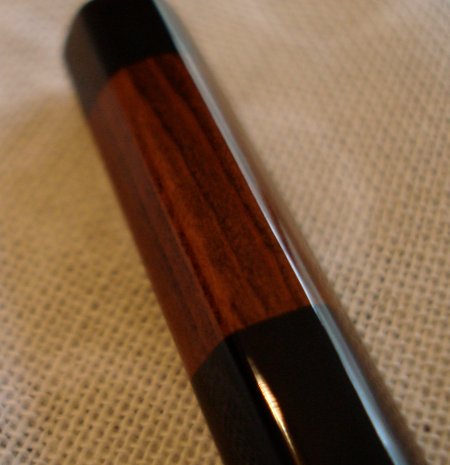Congratulations to the venerable Mitsubishi Pencil Company (founded in 1887) on the occasion of the fiftieth anniversary of the Uni pencil brand!
This anniversary was publicly marked last month with press releases and some new products – a pencil holder that we’ll look at in a future post, and an extension of the range of the Hi-Uni pencil to twenty-two degrees – 10H to 10B!
The Hi-uni 10B is especially interesting because Mitsubishi just introduced another 10B pencil – the brush pencil (fude enpitsu)! See more at Dave’s Mechanical Pencils.

So what is the difference between the two? Let’s take a look.
Weight
The Hi-uni may weigh more. We are using a small sample size here (basically one or two), and past experience indicates that individual pencils, containing organic elements (wood) can have some weight variation. But, this Hi-uni is fractionally heavier than the brush pencil.
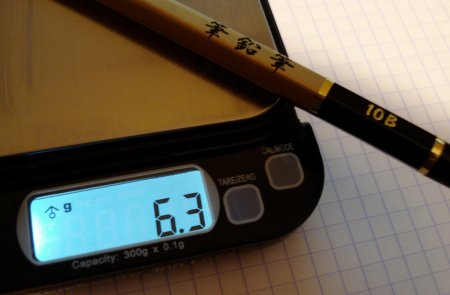

Diameter
The side-to-side length of both pencils, measured by a micrometer, is 7.25mm. They are indistinguishable in this aspect.


Lead core
I don’t know a way to remove just – and only just – the wood, so as to place the core in the micrometer. Viewing a ruler by eye has led me both ways – the cores are the same – or – they are not the same.
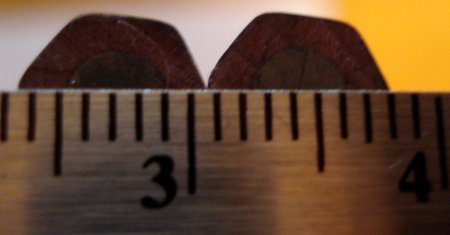
On paper
The darkness difference between the pencils – if it exists – isn’t anything I can reliably distinguish.
The drawing experience favors the brush pencil – they are waxier and smoother, in my estimation.

10B is an extreme grade for some, yet I hope it will be tried by those who are interested.
Overall, these pencils are great contributions to the world of graphite arts. While some proclaim the pencil dead, Mitsubishi Pencil Co. is investing in extending the product – and succeeding.
My thanks to isu of the uncomfortable chair for sending me the fude enpitsu!




